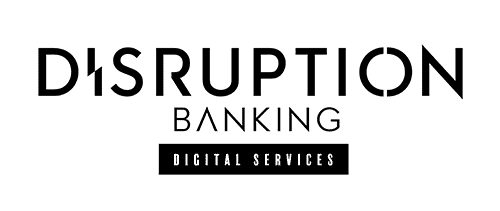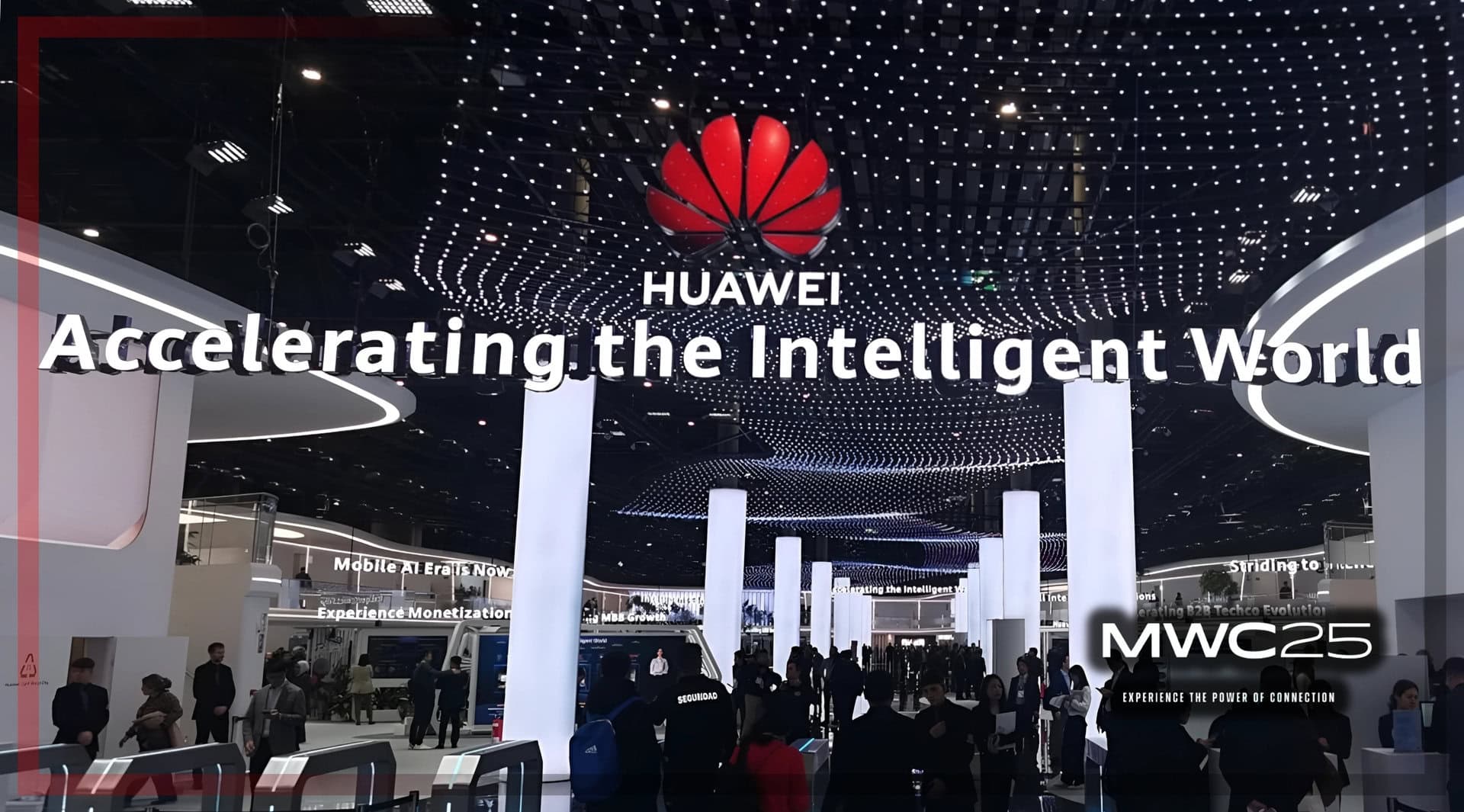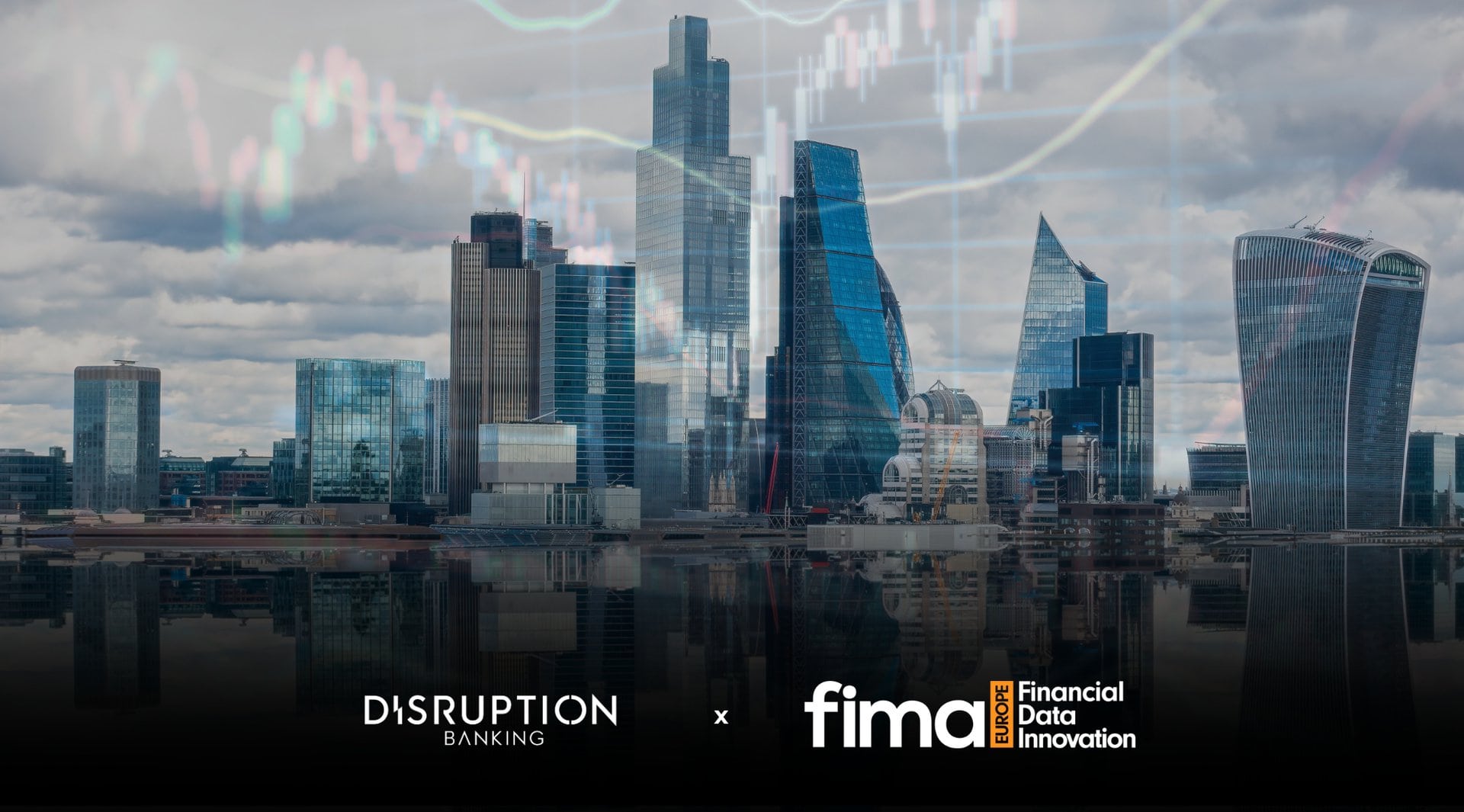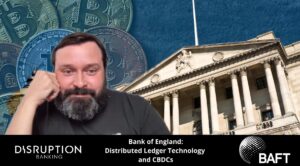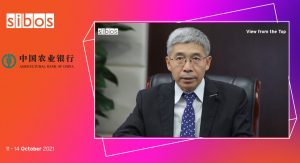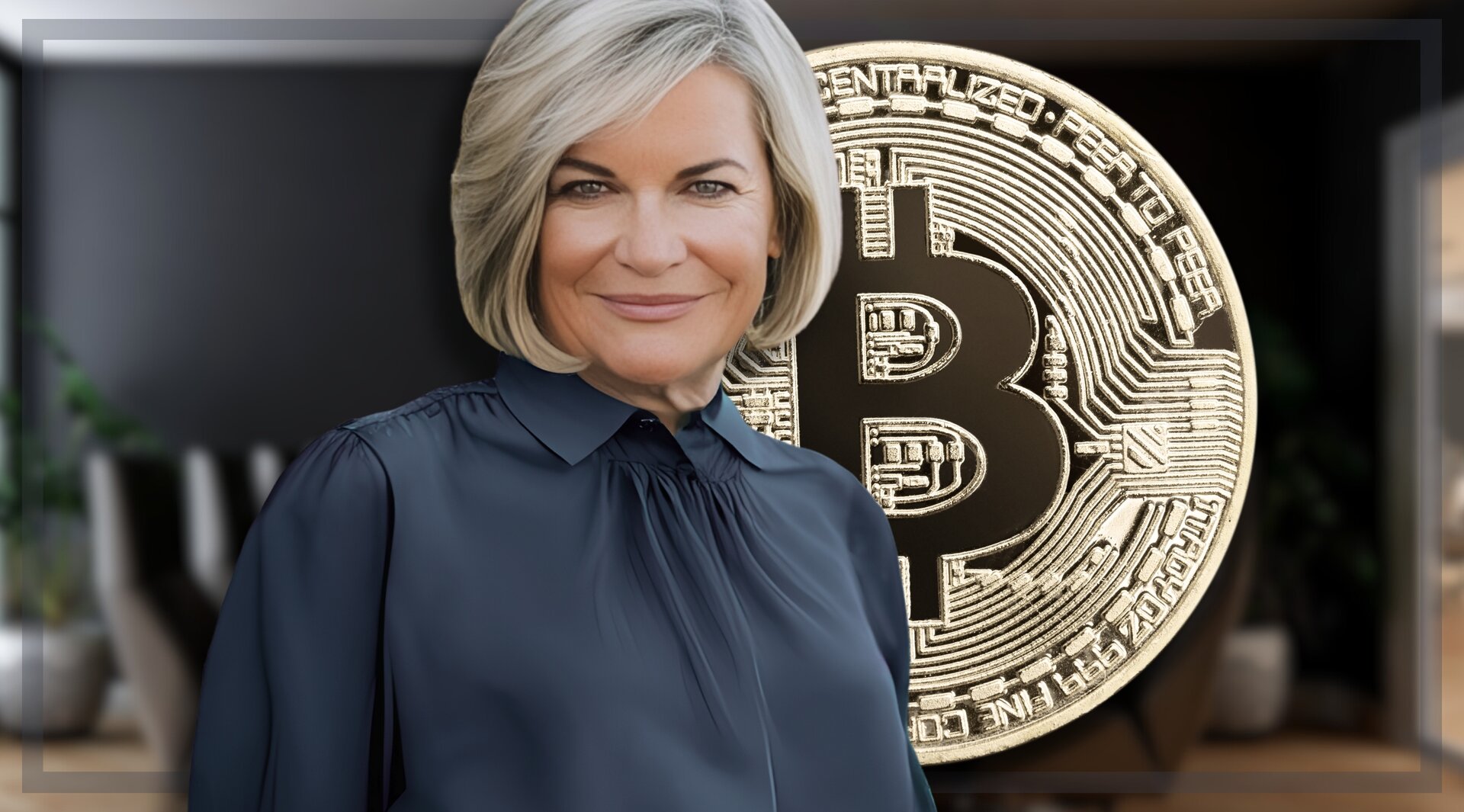The Head of Spain’s central bank, Pablo Hernandez de Cos, spoke at the AGM of the International Swaps and Derivatives Association yesterday. Speaking about the bank’s work on digitalisation, with a particular emphasis on digital assets, de Cos expressed some scepticism about cryptocurrencies and decentralised finance (DeFi).
Governor of the Banca de España, Pablo Hernandez de Cos, speaks at #isdaagm. Talking about new structural trends such as cryptoassets. pic.twitter.com/4YgWAx517e
— #DisruptionBanking (@DisruptionBank) May 12, 2022
De Cos recalled what bankers, including central bankers, were saying about crypto a few years ago: “digital assets are everything you don’t understand about money, combined with everything you don’t understand about computers.” While the bank’s understanding has grown considerably since then, de Cos believes “the jury is still out when it comes to assessing how best to harness the opportunities, promises and benefits [of digital assets], while mitigating the risks and safeguarding financial stability.”
De Cos suggested that the main attraction of crypto is “shortcomings” in the traditional “system architecture.” The time and cost involved in standard banking, as well as the fact many are excluded from it globally, makes the idea of a “seamless, open, inclusive and transparent financial system” natural. However, he argued that crypto is “still some way from such a financial environment” and that the reality is much different from the “paradise” proponents of crypto envisage.
Indeed, while de Cos acknowledged the defects within the current “architecture,” he questioned whether such a radical movement towards widespread adoption of DeFi was really necessary. He suggested that many features of crypto could be incorporated “within the existing financial architecture” and asked: “do we really need to throw the baby out with the bathwater?” De Cos pointed to the fact that G20 economies are already looking at improving cross-border payment systems as an example.
Spain’s central bank chief also expressed concern at the volatility within crypto markets – a timely observation given the recent collapse of Luna. “How many $3 billion asset classes see wild swings in valuations based on a single event such a tweet?” While he accepted this was an “anecdotal” example, de Cos argued that “the cumulative nature of such incidents suggests that most crypto markets today cannot be associated with terms such as “robustness” or “stability”.” Earlier in the day, IOSCO General Secretary Martin Moloney also expressed concerns about the emergence of bubbles:
Martin Moloney, General Secretary of the IOSCO, talks crypto at #isdaagm. IOSCO has set up a crypto taskforce and says ‘now is the time for a new phase in our engagement with crypto’, but warns of bubbles. pic.twitter.com/0LxqakzCYE
— #DisruptionBanking (@DisruptionBank) May 12, 2022
While casting a sceptical eye throughout his address, de Cos was keen to emphasise the “usefulness of the underlying distributed ledger technology.” However, he thinks this technology now needs to be backed up by real-life use cases, and pointed to potential central bank digital currencies (CBDCs) as “a potentially more promising route.”
Because the crypto markets are forming ever-stronger links with traditional financial markets, de Cos also noted that they are becoming of systemic importance. While representing only about 1% of total global financial assets, he nonetheless believed that volatility in crypto could spill over into traditional finance and risk “overall financial stability.”
“As we know from the history of financial crises, rapid growth in largely unregulated classifications requires proactive action,” de Cos added. He believes the enforcement of Basel III standards, and requiring banks trading crypto to have larger capital reserves, could help protect wider stability from volatility in digital assets.
Despite his criticisms, de Cos emphasised he remains “open-minded” about the proliferation of cryptocurrencies. However, he believes that digital assets should be covered by similar regulations to pre-existing asset classes so that financial stability can be maintained going forward.
Author: Harry Clynch
#isdaagm #ISDA #DigitalAssets #Crypto
